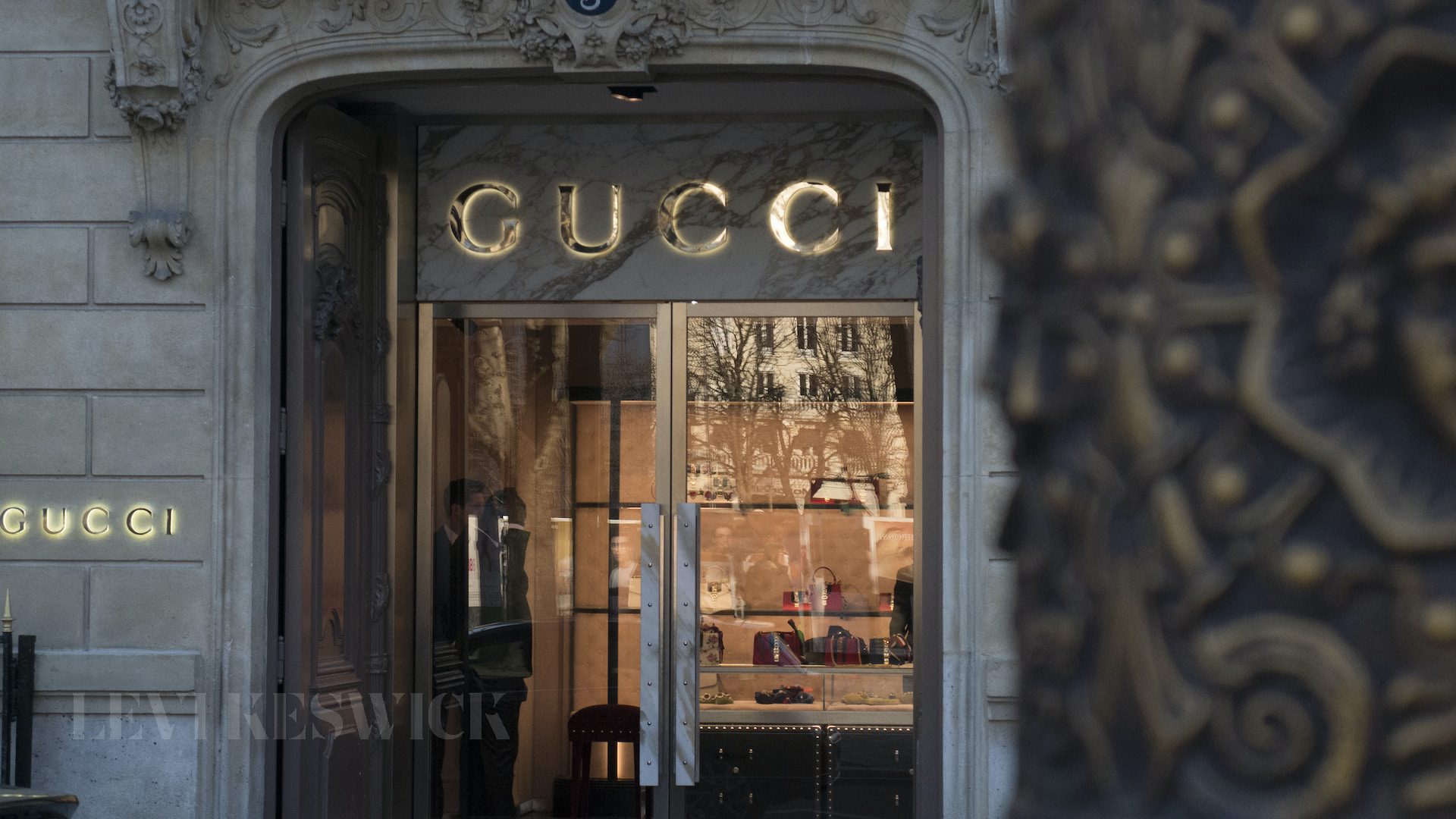Key Takeaways:
- Gucci and YSL are both iconic fashion brands with distinct aesthetics, appealing to different demographics.
- The brands’ pricing is similar, but Gucci offers a wider price range from entry-level to extravagant, exclusive items.
- Gucci generally has a slightly higher resale value, likely due to its broader popularity and demand.
- Both brands produce high-quality, innovative designs, but the choice between Gucci and YSL ultimately hinges on individual style preferences.
The Legacy of Gucci and YSL
Both YSL (Yves Saint Laurent) and Gucci are esteemed brands in the luxury fashion landscape, known for their innovation and high-quality craftsmanship. They each have an intriguing history that has shaped their unique brand styles and aesthetics.
The Genesis and Evolution of YSL
Established in 1961 by the French designer Yves Henri Donat Mathieu-Saint-Laurent, YSL quickly rose to prominence with its innovative, boundary-pushing designs. The brand’s reputation has endured, continually delivering modern, edgy styles that captivate fashion enthusiasts.
Gucci’s Timeless Journey
Founded in Florence, Italy in 1921 by Guccio Gucci, the brand initially focused on exquisite leather goods like handbags and luggage. Since then, Gucci has expanded to a wide array of products, and under the creative direction of Alessandro Michele, the brand exhibits a daring blend of the old and new, with a touch of whimsy.
The Distinct Aesthetics: YSL vs. Gucci
When discussing which brand is better – Gucci or YSL, the brands’ unique aesthetics are critical. Both brands are renowned for their designs, but they cater to different style preferences.
YSL’s Edgy Elegance
YSL is famous for its sleek, minimalist, and structured designs, often embodying a rock-and-roll vibe. The brand leans towards a more timeless aesthetic, appealing to those who value investment pieces with enduring style.
Gucci’s Eclectic Extravagance
Gucci, on the other hand, stands out with its bold, eclectic designs, combining prints, embroidery, and embellishments. The brand’s style is often seen as playful and whimsical, appealing to the younger demographic and those who prefer statement pieces that add personality to their outfits.
Comparing the Icons: Most Popular Bags
The popularity of a brand often hinges on its iconic pieces. For Gucci and YSL, their bag collections significantly contribute to their prominence.
YSL’s Classic Collection
YSL’s most popular bags – the Kate, Loulou, and Niki – are celebrated for their timeless elegance. Whether it’s the structured design of the Kate or the slouchy, vintage-inspired Niki, these bags are seen as lasting investments that effortlessly elevate any look.
Gucci’s Eclectic Ensemble
Gucci bags like the Dionysus, Marmont, and Jackie are highly sought-after. These bags, known for their distinctive aesthetic – a blend of the classic and the contemporary – offer buyers an opportunity to make a stylish statement.
Gucci vs. YSL: The Price Tag
In the luxury fashion world, the price tags are as hefty as the brands are prestigious. Both YSL and Gucci offer products at similar price points, with the majority of their bags priced around $2,500 to $3,500. However, Gucci exhibits a broader spectrum, offering both affordable entry-level bags and extravagantly priced, limited edition pieces.
Resale Value: Gucci Takes the Lead
A brand’s resale value often indicates its enduring demand. Both YSL and Gucci retain a high resale value, but Gucci generally outperforms with a slightly higher value, reflecting its broader popularity among fashion aficionados and collectors.
The Final Verdict: Gucci or YSL?
As for which brand is better – Gucci or YSL, it’s a subjective question as both brands deliver high-quality, innovative designs. While YSL leans towards sleek, minimalist elegance, Gucci offers a bolder, more eclectic style. The choice between the two ultimately rests on personal preferences and individual style. Regardless of the choice, both Gucci and YSL unquestionably continue to define luxury fashion with their enduring appeal and iconic designs.








